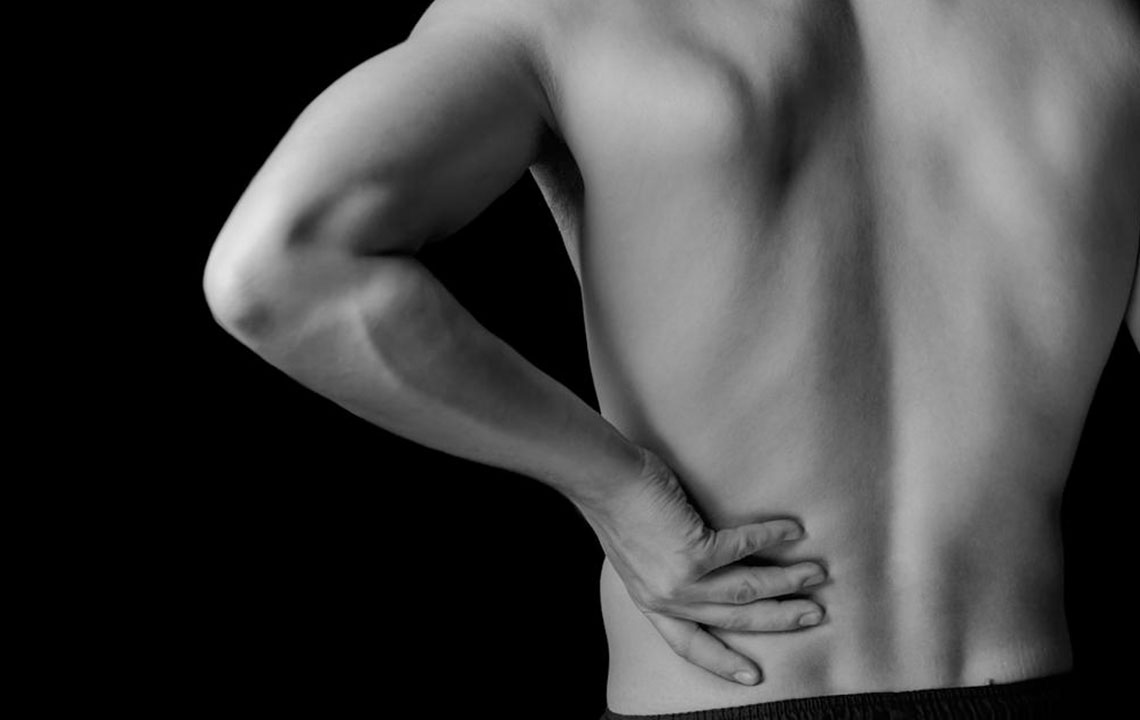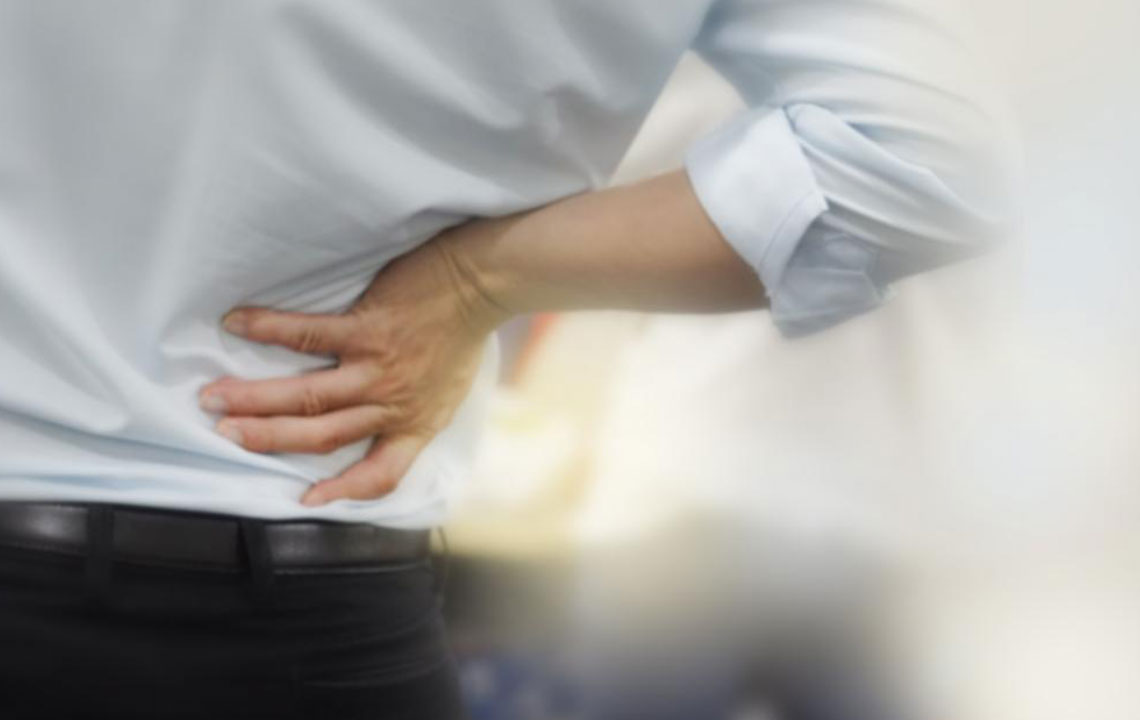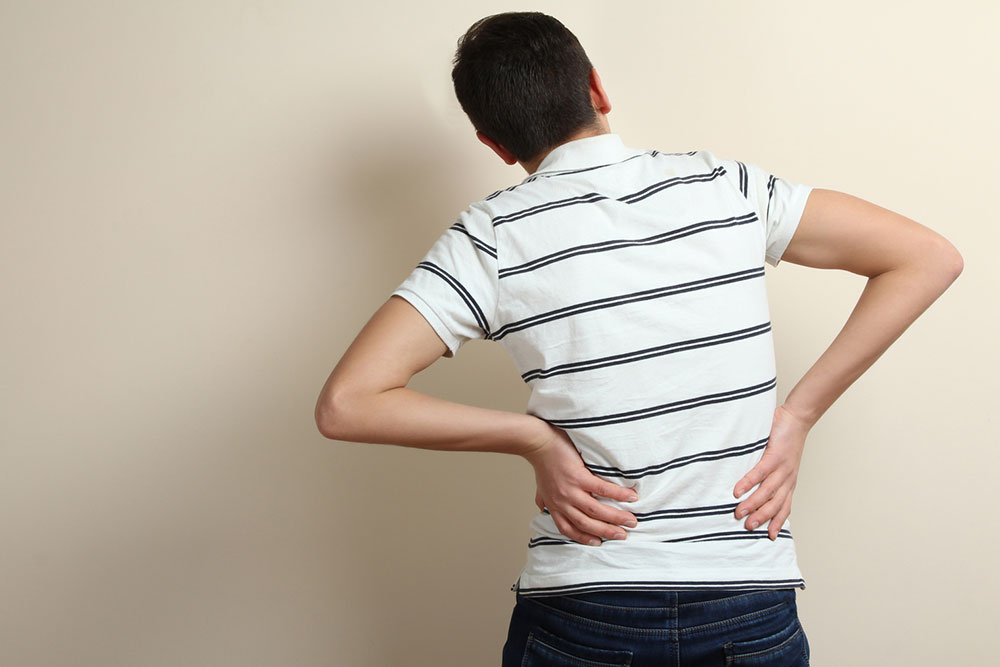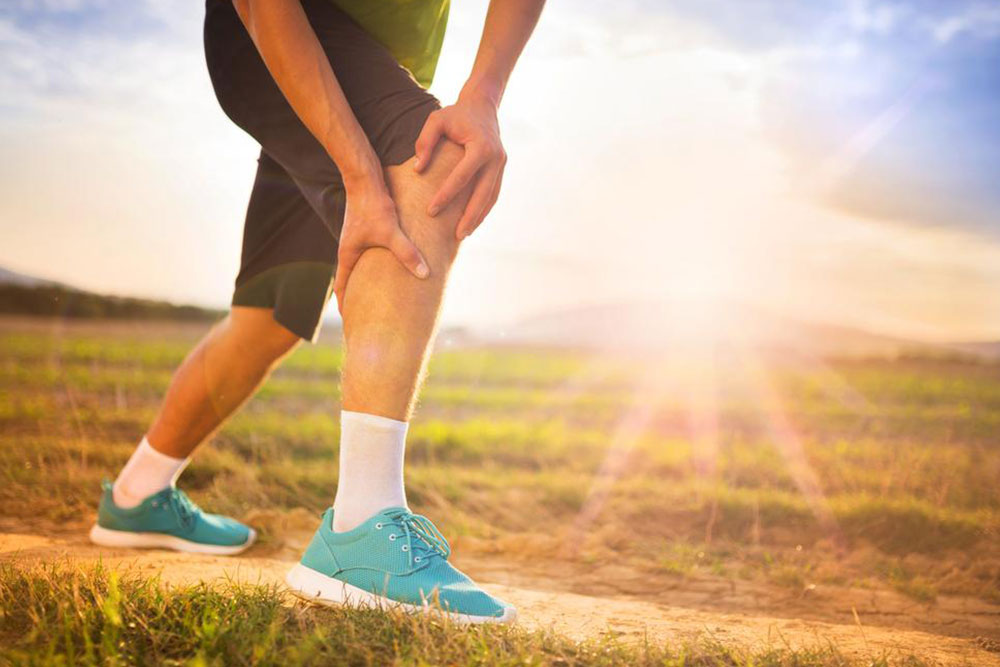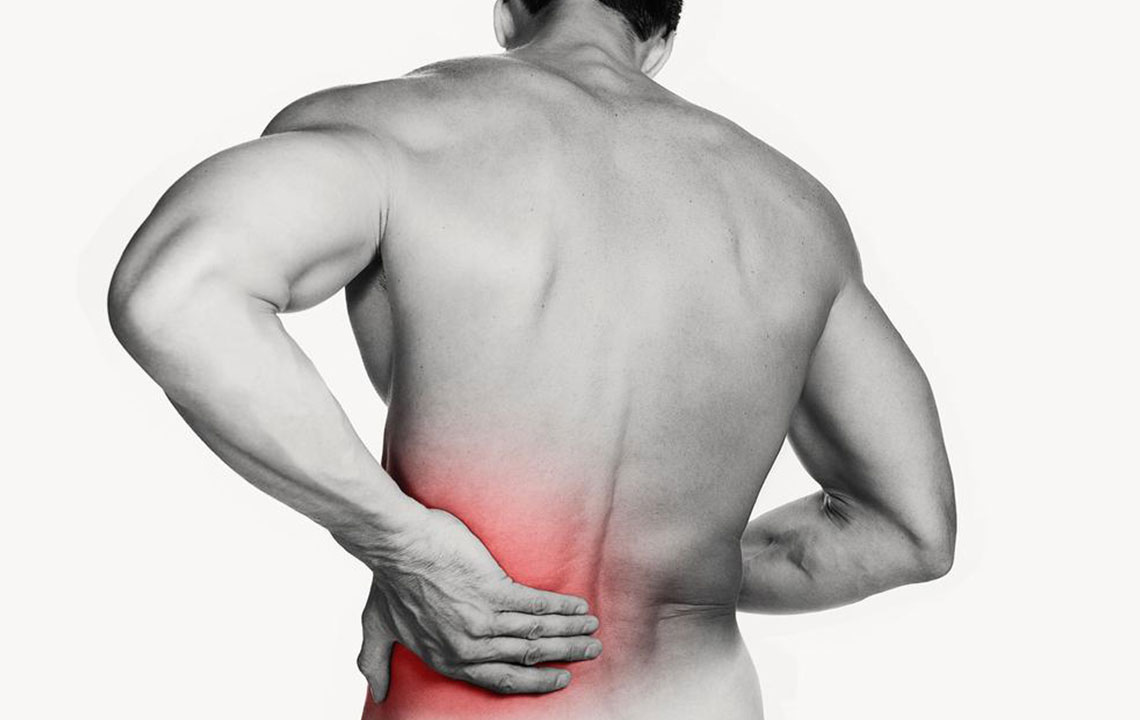Effective Strategies to Alleviate Lower Back and Hip Discomfort
Discover effective strategies to relieve lower back and hip pain through cold and heat therapy, acupuncture, yoga, proper sleeping habits, nutritious diet, and ergonomic workplace adjustments. Simple daily practices can significantly improve discomfort and support long-term health, enabling a more active and pain-free lifestyle.

Effective Strategies to Alleviate Lower Back and Hip Discomfort
Lower back and hip pain can make daily activities such as walking, bending, or climbing stairs challenging. Fortunately, there are straightforward steps you can take to relieve and manage this discomfort. Implementing simple treatments and lifestyle modifications can significantly improve your condition and quality of life. Here are some proven methods to help you address lower back and hip pain effectively.
Cold and Heat Therapy
Start with cold therapy immediately after injury, then switch to heat therapy after 48 hours. To maximize benefits, use a cold pack or ice wrapped in cloth on the affected area for at least 10 minutes, several times a day. Avoid applying heat too early, as it may increase inflammation. Once the initial 48 hours pass, gentle heat can help relax muscles, but avoid overnight heat application to prevent burns.
Acupuncture
Originating in China, acupuncture involves inserting fine needles into specific body points to restore energy flow and reduce pain. Many patients find it highly effective for lower back and hip issues as it stimulates the release of natural pain-relieving chemicals, leading to significant relief once they become accustomed to the procedure.
Yoga Practice
Morning yoga routines can energize your muscles and improve flexibility. Incorporate stretches like bridge pose and child's pose to target lower back and hip areas, promoting muscle relaxation and pain reduction. Regular practice can enhance posture and reduce strain.
Sleep Position Adjustments
Improper sleep alignments can worsen back and hip pain. Sleeping on your side with knees elevated can put pressure on hips; placing a pillow between your knees can alleviate this. A firm mattress offers better spinal support, especially if you frequently experience lower back or hip discomfort.
Nutrition and Diet
Maintaining a balanced diet supports bone health and weight management, decreasing strain on your lower back. Nutrients particularly beneficial include:
Calcium: found in dairy products, eggs, and oats, essential for bone strength.
Phosphorous: present in beans, dairy, and sardines, supports bone structure.
Vitamin D: rich in eggs, fortified milk, and fish, promotes calcium absorption.
Workplace Ergonomics
If you have a sedentary job, ensure your workspace supports proper posture. Use chairs with good lumbar support and position your desk and computer to prevent strain. Proper ergonomics can lessen the risk of developing chronic lower back and hip pain.
Taking small, consistent steps daily can prevent worsening pain and promote a healthier, more comfortable life. Act now to manage your discomfort effectively.

